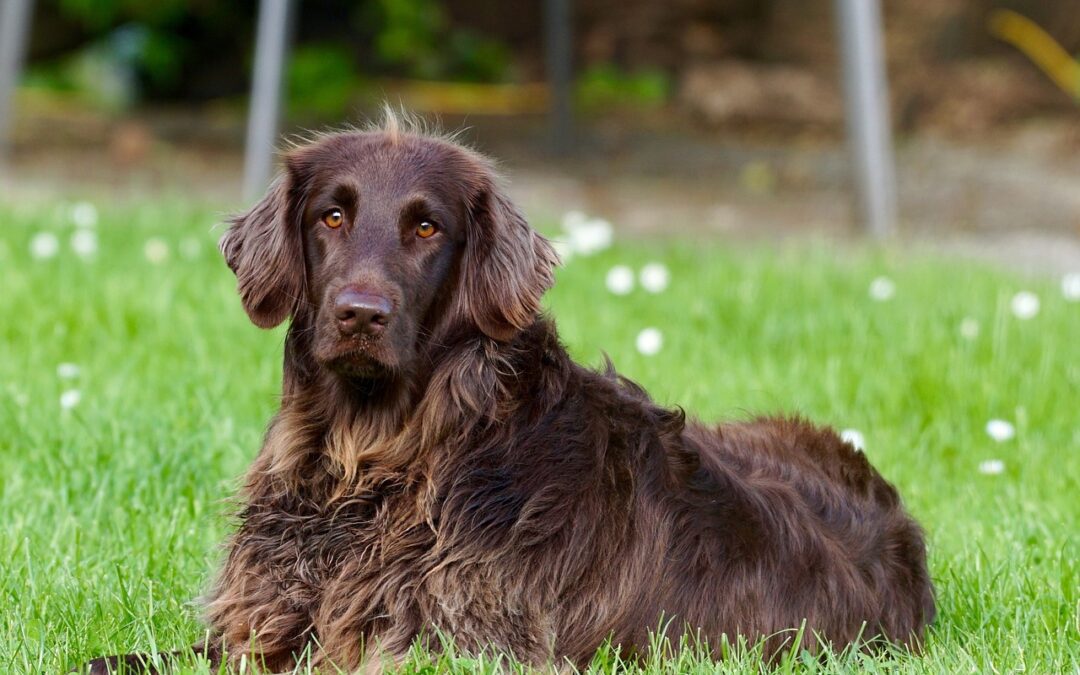What You Should Know About Cranial Cruciate Ligament Tears in Pets
If you watch sports, you probably cringe when you see an athlete fall and clutch their knee. As one of the important ligaments in charge of supporting the knee, the anterior cruciate ligament (ACL) is most likely what they tore.
Did you know that the same knee ligament in your pet can be torn? The issue still exists even if it is known by a different name—cranial cruciate ligament (CCL).
What does a tear of the canine cranial cruciate ligament entail?
For the knee joint to be stable, the cranial cruciate ligament, which joins the thigh bone (also known as the femur) to the shin bone (also known as the tibia), is crucial. As your pet walks, a ruptured or torn CCL will cause the shin to thrust forward and away from the femur, creating instability and pain.
How does cranial cruciate ligament damage occur in pets?
A CCL rupture or tear in animals is caused by a variety of reasons, including:
- Ligament degeneration
- Obesity
- Poor physical condition
- Genetics
- Skeletal shape and configuration
- Breed
Instead of an abrupt injury to a healthy ligament, CCL rupture typically results from the ligament steadily deteriorating over months or years.
What indications exist in a dog or cat with a torn cranial cruciate ligament?
It can be difficult for pet owners to decide whether their animal requires veterinary attention because a CCL tear, especially a partial tear, can result in symptoms of various degrees of severity. But if your pet exhibits any of the following symptoms, you must make schedule an appointment with our staff as soon as possible.
- Pain
- Stiffness
- Lameness on a hind leg
- Difficulty standing after sitting
- Difficulty during the process of sitting
- Difficulty jumping into the car or on furniture
- Decreased activity level
- Muscle atrophy in the affected leg
- Decreased range of motion in the knee
How is it possible to mend a ruptured cranial cruciate ligament?
Your pet’s size, age, level of knee instability, level of activity, and torn CCL will all affect how it is treated. The only approach to permanently treat the instability is through surgery, which is often the best option. This is because an osteotomy- or suture-based technique is required. But there’s also the possibility of using medicinal management.
Your pet may have torn their cranial cruciate ligament if they shuffle along on one back leg. Request an orthopedic examination by calling our staff.

